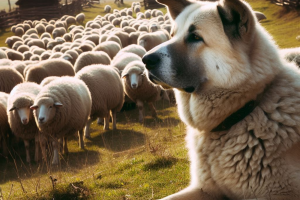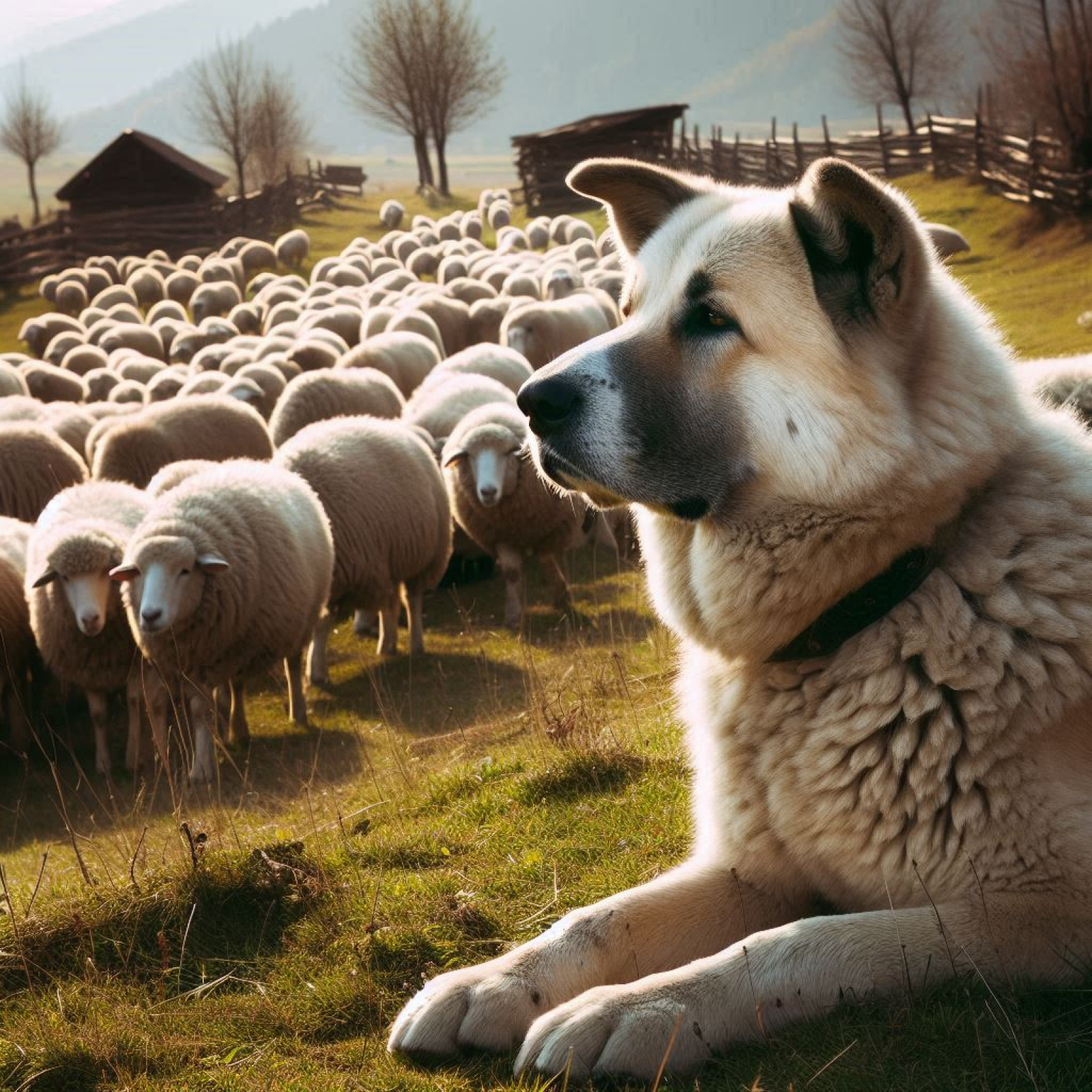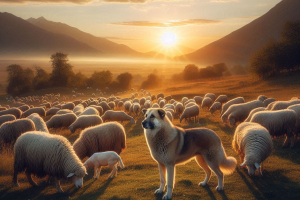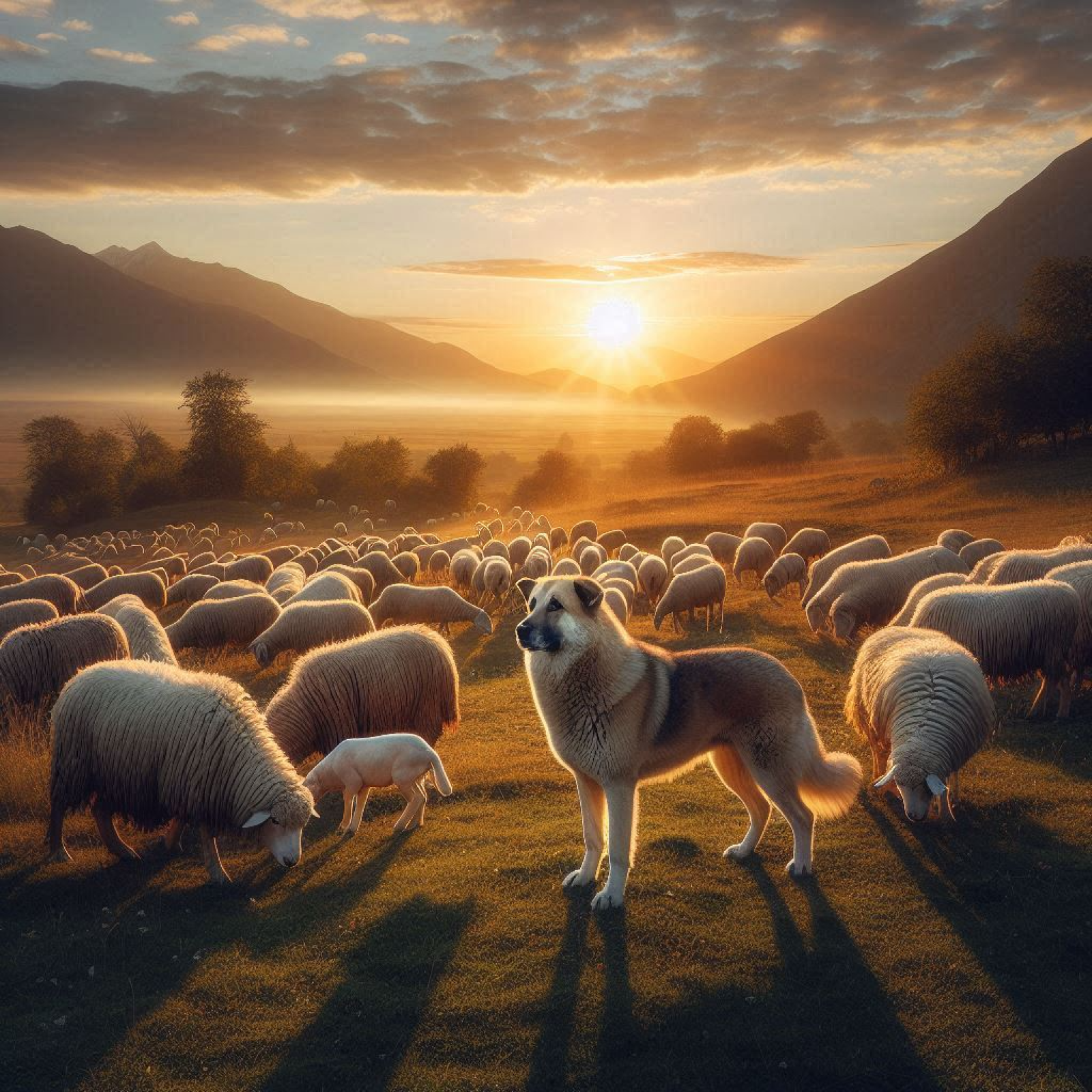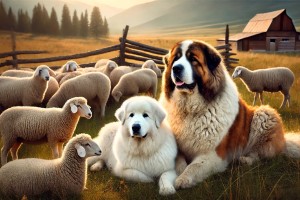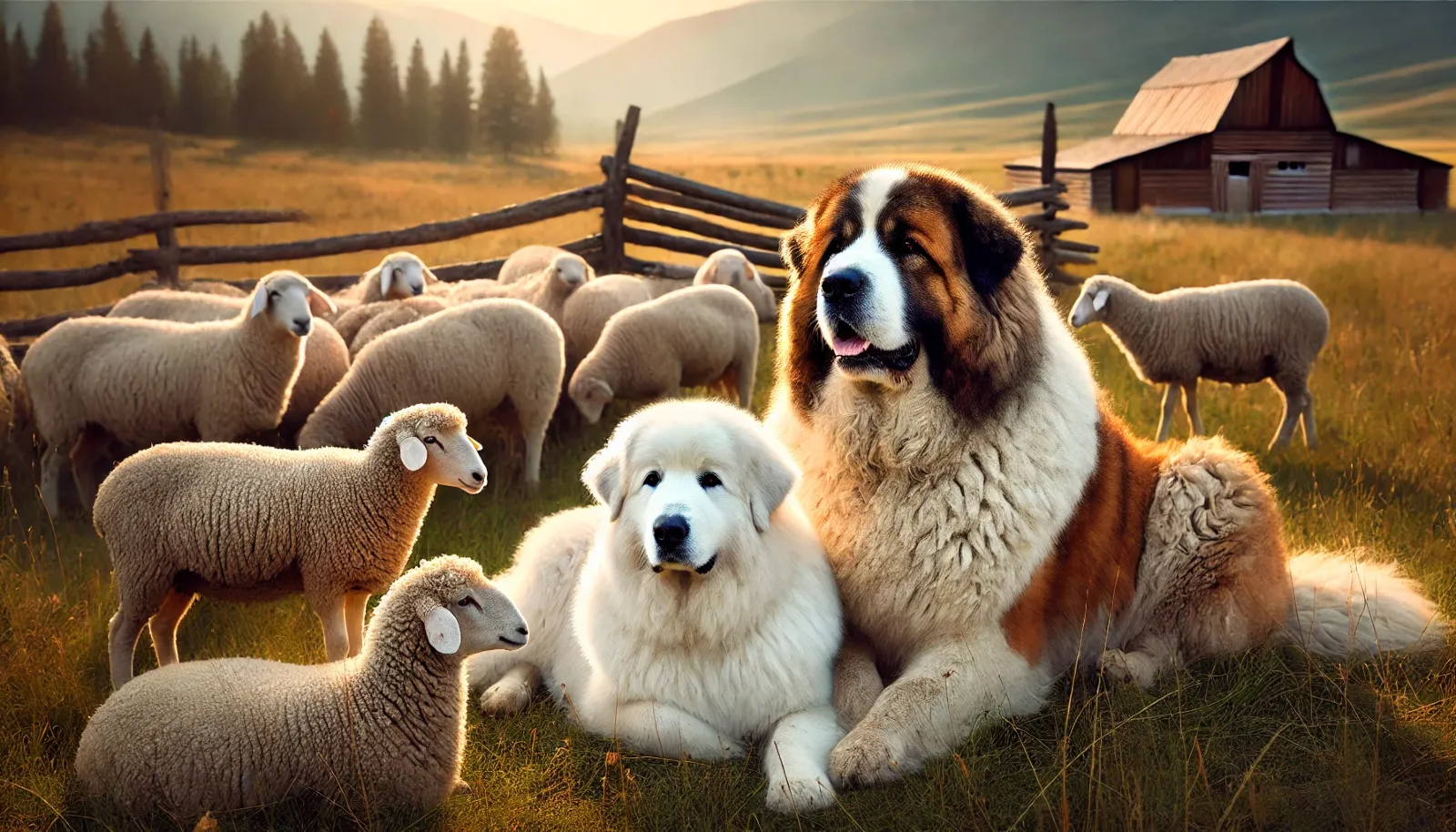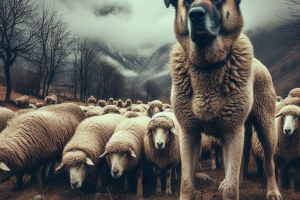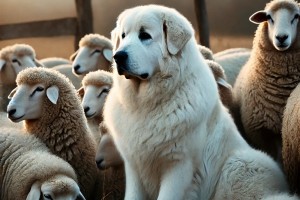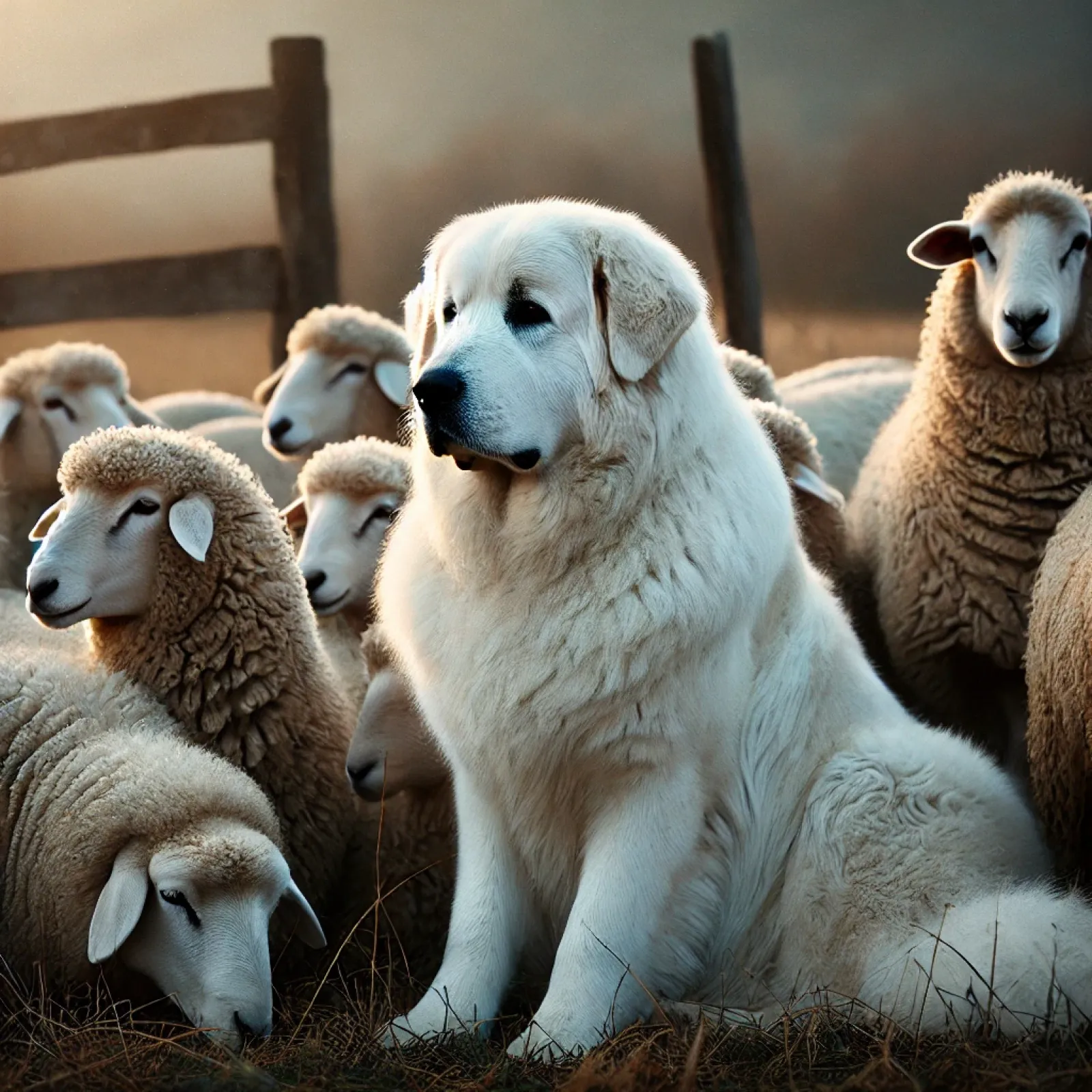The Use of Livestock Guardian Dogs in the USA
The Use of Livestock Guardian Dogs in the USA
Livestock guardian dogs (LGDs) have been integral to agriculture for centuries, safeguarding livestock from predators and ensuring farmers' livelihoods remain intact. In the USA, their use has grown significantly due to increasing predator populations and heightened interest in sustainable and humane farming practices. These remarkable canines are known for their protective instincts, loyalty, and ability to work independently, making them invaluable assets to ranchers and farmers.
The Role of Livestock Guardian Dogs
LGDs are not herders; their primary function is to protect livestock such as sheep, goats, cattle, and even poultry from predators like coyotes, wolves, bears, and mountain lions. Unlike herding dogs that actively drive livestock, LGDs live among their charges, forming strong bonds that drive their protective behaviors.
Their work involves:
- Deterrence: LGDs use their presence, barking, and scent-marking to warn predators and deter them from entering the livestock's territory.
- Protection: If deterrence fails, LGDs are ready to confront predators, using their size, strength, and courage.
- Surveillance: They maintain constant vigilance, often working in teams to patrol large pastures or mountainous terrain.
This working relationship minimizes livestock losses, reduces the need for lethal predator control measures, and supports ecological balance by allowing predators to coexist without preying on livestock.
Popular Livestock Guardian Dog Breeds in the USA
Several breeds have been bred specifically for livestock guardianship. Their temperament, size, and instincts make them ideal for the job. Below are some of the most popular breeds used in the USA:
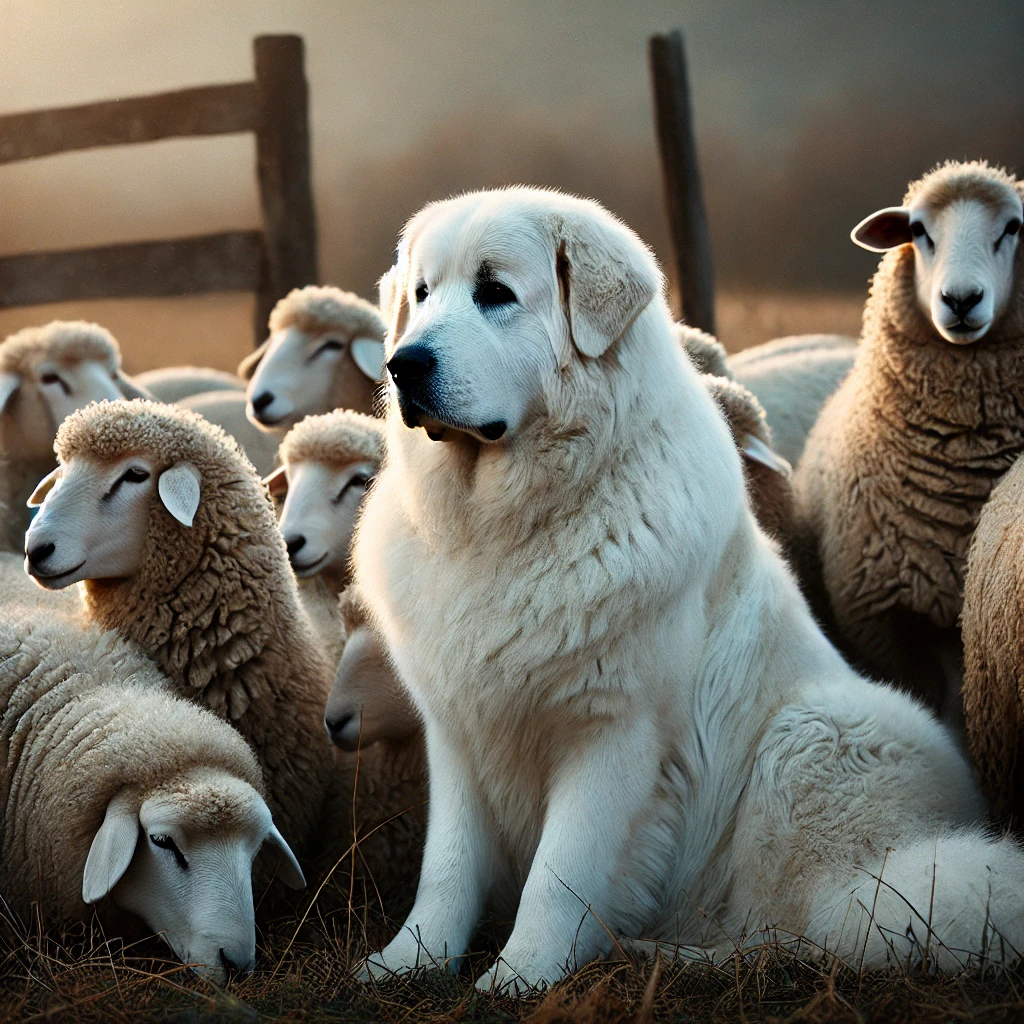 1. Great Pyrenees
1. Great Pyrenees
- Origin: France/Spain (Pyrenees Mountains)
- Size: 85–115 pounds (38–52 kg)
- Temperament: Gentle, patient, and protective
- Traits: The Great Pyrenees is a favorite among American farmers due to its gentle demeanor with livestock and imposing presence against predators. Its thick double coat allows it to thrive in harsh climates, and its calm nature makes it adaptable to a variety of operations.
2. Anatolian Shepherd Dog
- Origin: Turkey
- Size: 90–150 pounds (41–68 kg)
- Temperament: Independent, intelligent, and loyal
- Traits: Bred to guard livestock in the rugged terrains of Anatolia, these dogs are known for their stamina and independence. They are particularly valued in regions with large predators, as they are fearless in confrontations.
3. Akbash
- Origin: Turkey
- Size: 75–140 pounds (34–64 kg)
- Temperament: Calm, alert, and loyal
- Traits: The Akbash is known for its elegance and speed, making it adept at confronting fast-moving predators like coyotes. It forms strong bonds with livestock and works well in tandem with other guardian dogs.
4. Maremma Sheepdog
- Origin: Italy
- Size: 65–100 pounds (29–45 kg)
- Temperament: Devoted, reserved, and protective
- Traits: Maremmas are gaining popularity in the USA for their versatility in guarding both traditional livestock and smaller animals like poultry. They are highly intuitive and excel in diverse environments.
5. Komondor
- Origin: Hungary
- Size: 80–100 pounds (36–45 kg)
- Temperament: Confident, loyal, and fearless
- Traits: Known for their distinctive corded coat, Komondors are effective in guarding flocks in extreme weather conditions. Their unique appearance also helps them blend in with sheep, adding a layer of deception against predators.
6. Kangal
- Origin: Turkey
- Size: 90–145 pounds (41–66 kg)
- Temperament: Gentle with livestock, bold against predators
- Traits: The Kangal's powerful bite force and natural instincts make it one of the most effective LGDs for large predators. Its calm demeanor around livestock is balanced by its assertive presence against threats.
7. Caucasian Ovcharka
- Origin: Russia
- Size: 110–No upper limit, pounds - must be balance body and function
- Temperament: Gentle with livestock, deadly against predators
- Traits: The Caucasian Ovcharka's powerful bite force and natural instincts make it the most effective LGDs for large predators. Its calm demeanor around livestock is balanced by its dominant and aggressive presence against threats of the four legged and two legged varieties.
Benefits of Using LGDs
- Predator Management: LGDs help reduce livestock predation significantly, often decreasing losses by 60–90%.
- Sustainability: By preventing predation without harming predators, LGDs contribute to ecological balance.
- Cost-Effective: Over time, LGDs reduce costs associated with livestock loss and reactive predator control measures.
- Versatility: They can adapt to a wide variety of livestock operations, from small homesteads to expansive ranches.
Challenges and Considerations
While LGDs are highly effective, their success depends on proper training, management, and compatibility with the farm's needs:
- Training: LGDs require consistent training and socialization from a young age to develop their guarding instincts without becoming overaggressive.
- Costs: Initial investments in purchasing, training, and maintaining LGDs can be significant.
- Predator Adaptation: Some predators may adapt to LGD presence, requiring additional strategies like electrified fencing or multi-dog teams.
- Compatibility: Choosing the right breed for specific livestock and environmental conditions is crucial.
Conclusion
Livestock guardian dogs are a cornerstone of sustainable farming in the USA. Their ability to protect livestock while coexisting with wildlife makes them invaluable to modern agriculture. With proper care, training, and integration into farming practices, LGDs can ensure the security of livestock and the preservation of predator populations, embodying a harmonious balance between human and natural ecosystems.
Farmers and ranchers considering LGDs should evaluate their unique needs, seek reputable breeders, and commit to fostering a strong bond with these incredible dogs, ensuring success for generations to come.

